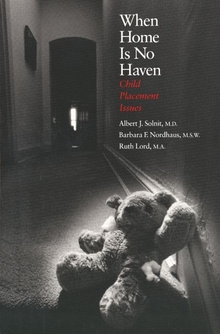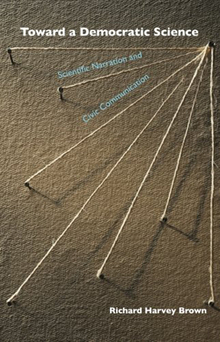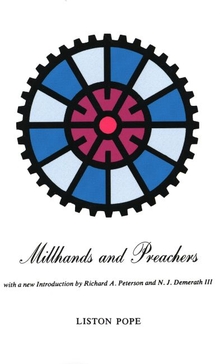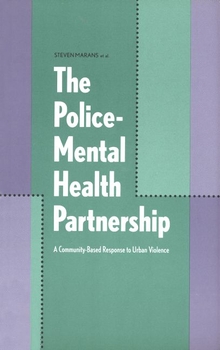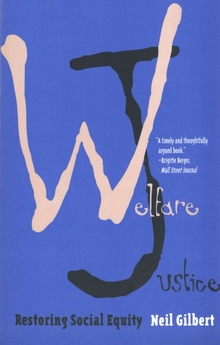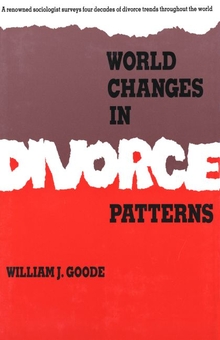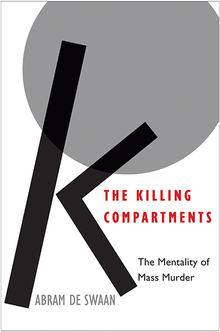When Home Is No Haven
WARNING
You are viewing an older version of the Yalebooks website. Please visit out new website with more updated information and a better user experience: https://www.yalebooks.com
Child Placement Issues
Albert J. Solnit, Barbara Nordhaus, and Ruth Lord
Deciding how best to help an abused or neglected child can be an agonizing process for protective service workers. Should caseworkers recommend that the child be removed from the home temporarily and placed in foster care? Should the child be allowed to remain at home with support services to bolster the parents’ ability to provide a safe and nurturing environment? Should the child be separated permanently from parents and be eligible for adoption? This book provides practical guidelines for workers who must make decisions about these and other issues.
The authors, a psychoanalyst, a social worker, and a research scientist, discuss thirty-five cases of child abuse and neglect that have come to the attention of the courts and caseworkers in Connecticut but that are typical of cases throughout the United States. The children represent a range of ages and ethnic and socio-economic backgrounds. The cases illustrate a variety of placement issues including sexual abuse, abandonment, adoption, and visitation conflicts.
In each case, the authors attempt to demonstrate that the least harmful decision-making is based on sound principles of child development: the child’s need for continuity of affectionate relationships and his or her need to feel wanted by at least one responsible adult. The book, illustrating useful ways of resolving child-placement conflicts, will be an essential guide and resource for all who work in this complex field.
Albert J. Solnit, M.D., Commissioner of Mental Health for the state of Connecticut, is Sterling Professor Emeritus of Pediatrics and Psychiatry at Yale University. He is the principal editor of The Psychoanalytic Study of the Child and co-author with Joseph Goldstein, Anna Freud, and Sonja Goldstein of Beyond the Best Interests of the Child, Before the Best Interests of the Child, and In the Best Interests of the Child. Barbara F. Nordhaus is assistant clinical professor of social work, and Ruth Lord is research scientist at the Yale Child Study Center.
"A volume of great importance to all protective service workers, both teachers and students. The principles enunciated through case reports are clear, innovative, and original. Although designed for protective service workers, all mental health professionals will find it useful. Every chapter provides direction for complex and difficult cases that are seen much too often in everyday work."—Irving Philips, Professor of Psychiatry at the University of California, San Francisco; President, International Association of Child and Adolescent Psychiatrists and Allied Professions
"This much-needed book fills a great void in matters dealing with issues of child placement. It challenges many obsolete theories, practices, and existing laws, and seeks solutions to child placement problems with the interest of the child held foremost. It is a must for lawmakers, mental health professionals, emergency room personnel, police officers, teachers, really everybody who must deal with the plight of children who are harmed by the action of those to whom they are closest—their parents. The book offers new standards for care of these children and provides hope that abuse and neglect of one generation of children will not be repeated in the next generation."—Selma Kramer, M.D., Professor of Child Psychiatry, Thomas Jefferson University Medical College; Training and Supervising Analyst, adults and children, Philadelphia Psychoanalytic Institute; President, Margaret S. Mahler Psychiatric Research Foundation
"This book offers immensely valuable examples of how to utilize the most up-to-date knowledge of human development in the real and problematic world of child placement decision-making. Child protective service workers and other involved professionals will find empathic discussions of their difficult tasks, clear statements of the child's developmental needs in each case, and illuminating follow-ups. It is a 'must-read' for all those involved in child protection."—Robert L. Tyson, M.D., F.R.C. Psych. Clinical Professor of Psychiatry, University of California, San Diego and Irvine; Training and Supervising Analyst (Adult and Child), San Diego Psychoanalytic Society and Institute; Past President, Association for Child Psychoanalysis
"A 26-year-old woman gives her children Valium and whiskey and lacerates their wrists. Her husband witnesses this, then goes bowling. Should these parents retain custody of their children? A trio of child-care professionals here provides practical guidelines for social workers and others who must determine what to do for abused and neglected children. . . . Their analysis is dispassionate, but the facts remain disturbing."—Publishers Weekly
"A clear, sensible, fine and necessary book on an awful widespread issue. Too many people, including judges in custody cases and civil servants in abuse and neglect cases, are guided by rosy wishfulness, and take part in years of repeated failures at children's expenses before they confront—if they ever do—the serious realities of bad homes for children, including of course bad biological parent homes for children. I hope the book will be read not just by psychiatrists, psychologists, social workers, and their trainees, but by lawmakers and judges and lawyers and court personnel, by health planners, by teachers, by pediatricians and family practice physicians, by emergency ward personnel, by policemen and probation officers, by anyone who cares about children."—Lawrence Hartmann, President, American Psychiatric Association
"A wealth of practical information that can serve as a guide for workers, supervisors, and trainers in the field of child protection. . . . Concise and well organized. It is strongly recommended as required reading for those who enter the profession, and as a resource for trainers and supervisors in child protection."—Mary W. Armsworth, Child Development Abstracts & Bibliography
"Staff in child protection agencies will find a wealth of knowledge in this brief, concise book. A valuable guide to decision making in child abuse and neglect cases, this book will be helpful in the supervision and training of child protection workers, and should be required reading for all entry-level staff. . . . The authors also adopt an empathic and sensitive approach to the impossible position in which many child protection workers find themselves with these troubling cases."—William Halikias, Readings: A journal of reviews and commentary in mental health
"A good introduction to the issues of child placement. . . An excellent, concise review of the relevant developmental aspects of children's needs. . . . By providing the principles of child development and the current principles behind child placement legislation, the authors provide a much-needed, unconfusing perspective on this societal problem."—Michelle Kim-Leff, American Journal of Psychiatry
"The strength and the bulk of this book is its vivid and concise case descriptions, which communicate the real-life problems complicating decision making in child welfare."—James P. Gleeson, Social Service Review
"This is a moving book, of great relevance, and one that should be required reading, for anybody involved in the child placement field."—Elizabeth Model, Bulletin of the Anna Freud Centre
Publication Date: January 26, 1994

